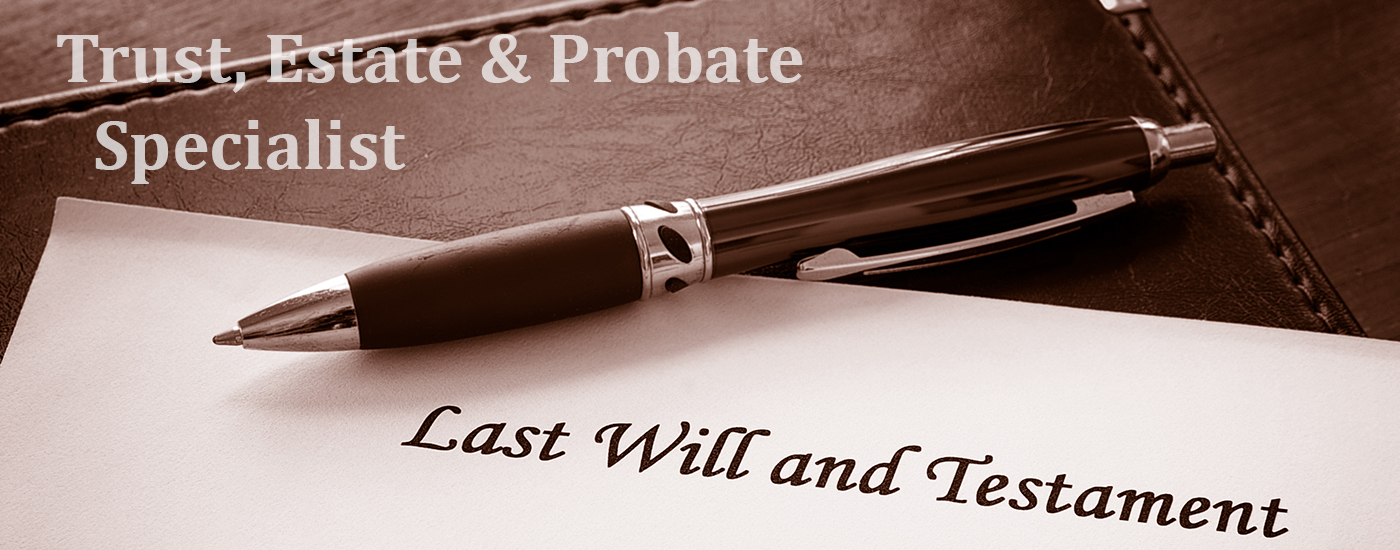The 4-1-1 on 1031 Tax Exchanges
Posted by Darren Daltorio | Posted on 01/09/2015
What is a 1031 exchange?
Named after “Section 1031” of the tax code in the 1920s, a 1031 tax exchange is regarded as one of the best-kept secrets in the Internal Revenue Code. A 1031 is a simple concept surrounded by complicated details. In its greenest form, a 1031 exchange can simply be thought of as an investment swap. Often referred to as a “like-kind” exchange, a 1031 allows a party to save money on taxes on a property by deferring those taxes to a different, newly purchased property. In other words, if you are trying to sell a piece of property you own and purchase another piece of property of equal or greater value, a 1031 exchange enables you to defer your capital gains taxes by executing a “like-kind” exchange. When a 1031 is executed properly, you can roll over any profit gained from your original piece of property to the new property – tax-free, meaning you can invest all proceeds of the sale into the secondary investment.
The loophole exists because the original asset is not being cashed-in or sold; therefore no taxable event takes place. Any net gain or cash proceeds from the original sale must be reinvested in the replacement property – any cash left over will be taxable. For example if you exchange an apartment building worth $900,000 for an office building valued at $1 million, the $100,000 surplus will be taxed.
Is Any Property Eligible for a 1031 Exchange?
No, the 1031 provision was not made for all types of properties. Only business and investment properties qualify, so you cannot exchange your primary residence for another home. This does, however, include rental properties. Properties that are eligible include: properties used in taxpayers trade or business, properties held for investment and, in some cases, properties being used as a vacation home. Despite the fact that 1031’s are called “like-kind” exchanges, the properties involved in the swap can differ greatly. For example, a parcel of raw land can be exchanged for a strip mall or an office building can be exchanged for a ranch.
“Like-Kind” Exchange Timeline
A prime candidate for a 1031 exchange is someone who is sitting on a piece of property that has been considerably depreciated for tax purposes or owns a property that has seen significant appreciation in the market. So, if you’re eligible for a “like-kind” exchange, what does the timeline look like?
- Identification Period – After selling the qualified initial property, the seller has 45 days to identify suitable replacement properties. Up to three properties may be identified as potential replacements, but all three must be identified within the 45-day grace period.
- Exchange Period – The replacement property must be received by the taxpayer within a 180-day “exchange period.” This timeframe immediately supersedes the relinquishment of the initial piece of property.
If the deal is not made within the parameters mentioned above, the entire transaction will be taxable. The 45-day identification period and 180-day exchange period are both very strict and cannot be extended even if the final day should fall on a weekend or nationally recognized holiday.
Get an Expert on your Side
Due to the complicated nature of 1031 exchanges, it is imperative to have a professional well versed in real estate and the legal system in your corner. Having practiced both real estate and tax/estate planning law for over three decades, Mike Millea is a savvy real estate guru with a professional legal background making him the perfect intermediary for any 1031 exchange. If you own a business or investment property and are interested in learning more about like-kind exchanges, don’t hesitate to give him a call at (310) 939-9356 or contact him online.





